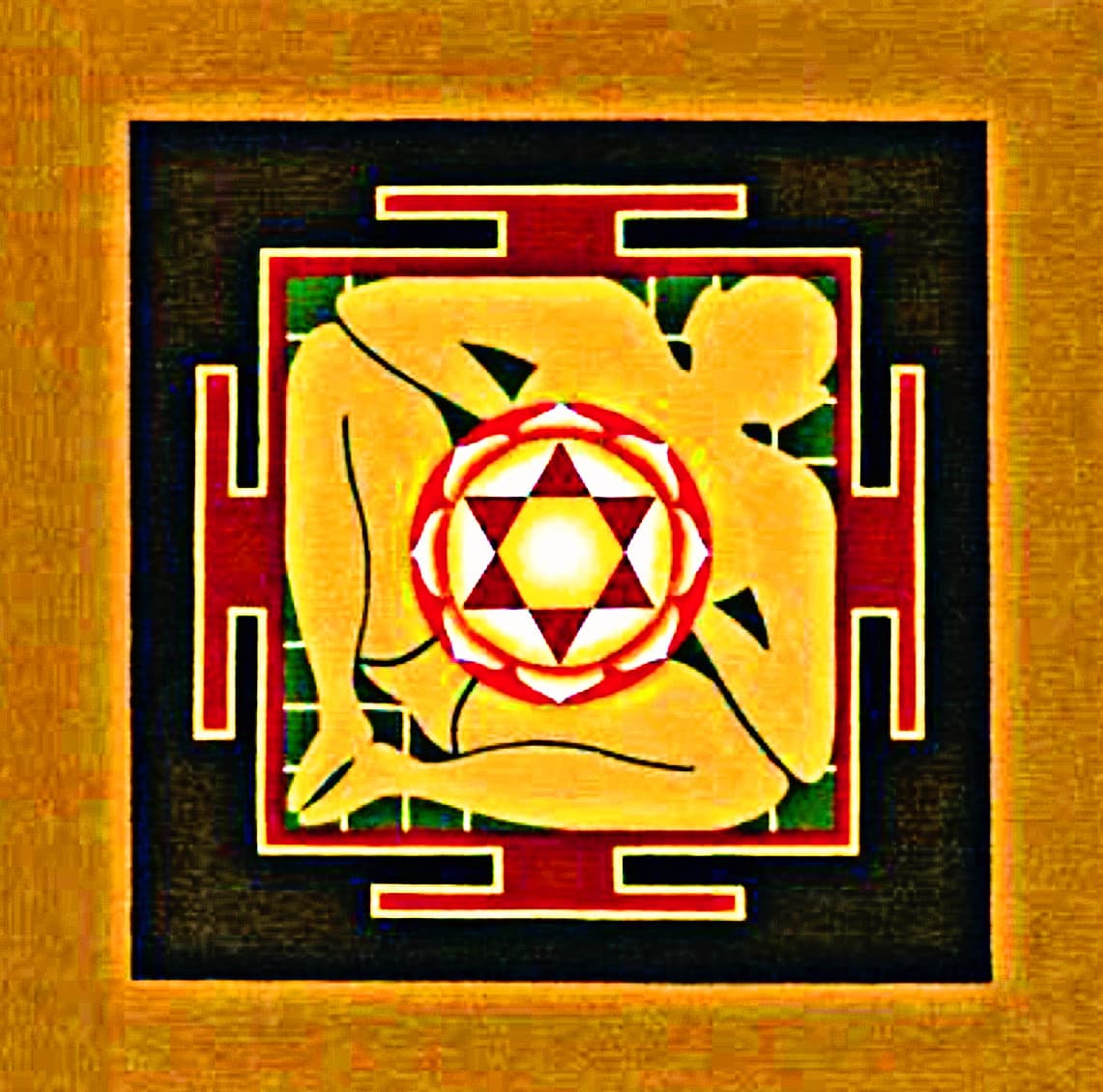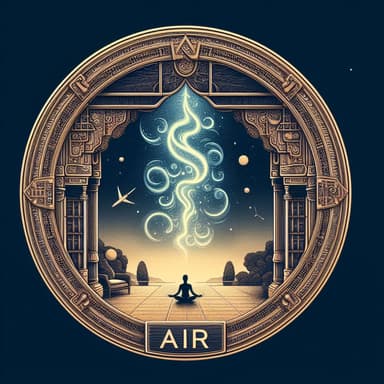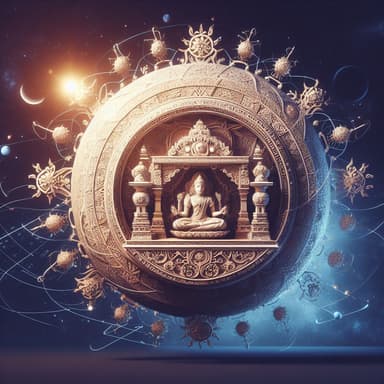Understanding Vedic Vaastu Shastra: The Vedic Wisdom of Architecture

What is Vaastu in context of vedic astrology?
Vedic Vaastu Shastra is an ancient Vedic science that embodies the art of architecture and design in harmony with the cosmic energies. Based on the timeless Vedic texts, it emphasizes the significance of balancing the five elements - Earth, Water, Fire, Air, and Space, to create spaces that resonate with cosmic harmony and spiritual energies.
Balancing the Five Elements

Earth (पृथ्वी)
The Earth element signifies stability and foundation. In Vedic Vaastu Shastra, it is essential to ensure a strong and stable base for the construction, symbolizing the connection to the Earth's grounding energies.

Water (जल)
Water symbolizes flow and nourishment. Proper placement of water sources, such as wells or water bodies, encourages the flow of positive energies and fosters abundance and vitality.

Fire (अग्नि)
The Fire element represents transformation and illumination. In Vedic Vaastu, locating the sacred fire or the hearth in an appropriate direction ensures the transmutation of energies and invokes auspiciousness.

Air (वायु)
Air signifies movement and freshness. Vedic Vaastu Shastra emphasizes ample ventilation and the creation of unobstructed pathways to allow positive energies to circulate freely.

Space (आकाश)
The Space element symbolizes openness and expansiveness. Vedic Vaastu encourages optimizing the use of space, creating a harmonious environment that fosters spiritual growth and creative expression.
The Energy of Directions

North (उत्तर)
Associated with prosperity and abundance, the North direction in Vedic Vaastu is ideal for locating areas of financial growth and attracting success.
South (दक्षिण)
Symbolizing strength and protection, the South direction is suitable for placing heavy objects or the master bedroom to foster a sense of security and stability.
East (पूर्व)
The East direction represents new beginnings, knowledge, and wisdom. Placing entrances or spaces for learning and spiritual practices in the East is considered auspicious.
West (पश्चिम)
Associated with relaxation and social interactions, the West direction is conducive to leisure areas and artistic expressions.
Northeast (ईशान्य)
The sacred intersection of North and East, the Northeast direction is highly auspicious for spiritual practices, meditation, and worship.
Northwest (वायव्य)
The Northwest direction is associated with air and travel. It is recommended for placing study areas or spaces related to communication.
Southeast (आग्नेय)
Governed by the Fire element, the Southeast direction fosters prosperity and abundance. It is ideal for locating the kitchen or fire-related elements.
Southwest (नैरृत्य)
Representing stability and grounding, the Southwest direction is considered significant for the master bedroom and areas of focused learning.
Conclusion
Vedic Vaastu Shastra offers a profound understanding of cosmic harmony, guiding us to create living spaces that resonate with positive energies and spiritual well-being. By aligning our dwellings with the principles of Vedic wisdom, we invite prosperity, peace, and abundance into our lives. Embrace the timeless wisdom of Vedic Vaastu Shastra to create sanctuaries that not only enrich our physical surroundings but also nurture our souls on a profound spiritual journey, attuned to the rhythm of the universe.